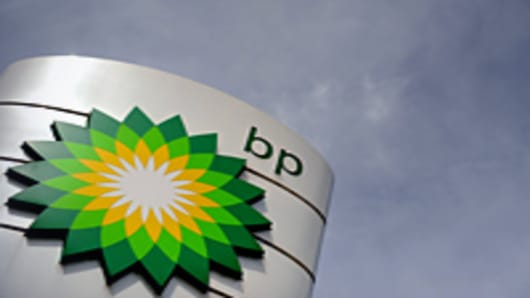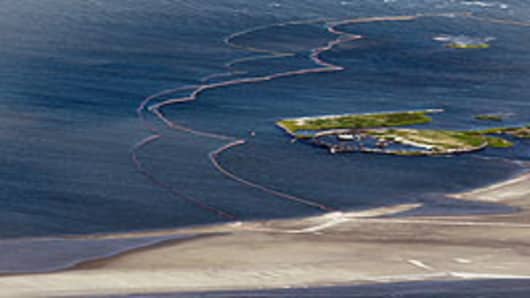So far, BP's social media strategy has been uninspired, said Paul Argenti, the author Digital Strategies for Powerful Corporate Communications and a professor at theTuck School of Business. "They're plugged in with your basic tools," he said, "but it's your standard corporate response."
BP hired Ogilvy & Mather in May to handle its digital media about the crisis, which includes social media, and the Deepwater Horizon Response website, the official online portal where BP and the government have jointly released information on the ongoing crisis. Olgilvy is owned by the WPP group and was the advertiser they help BP rebrand itself with the slogan "Beyond Petroleum" in the early 2000s, following its acquisition of Amoco.
Much of what the company is doing, seems straight out of Ogilvy & Mather's social-media crisis-management playbook. In a 2009 presentation, the head of the company's Digital 360 team, John Bell, outlined a strategy for creating search keywords for a crisis, and advertising on blogs to promote a company's crisis site.
According to AdAge, BP is believed to be spending up to $1 million month on an integrated search marketing campaign on Google and YouTube, to list BP's official site at the top of searches.
Oglivy referred all questions regarding the BP campaign to the oil giant's media officers, who have declined to talk about the strategy while the crisis is ongoing.
On Twitter, much of BP's interactive efforts are often defensive. "A ton of misinformation is being spread through Twitter. There are so many tweets that the cap isn't real—that the fix is just a sham," said online marketing researcher Kathryn Koebel at Primary Impact.
Last week, however, it was BP that was called out for misrepresenting images of its Gulf response, as two blog reports exposed instances of pictures that had been changed electronically.
BP acknowledged that the photos on its Facebook page had been altered, saying it was instructing photographers to "refrain from cutting-and-pasting in the future and to adhere to standard photojournalistic best practices."
How effective has the effort been? The numbers so far don't indicate much traction. BP has about 18,000 followers on Twitter, while the Twitter spoof account BP Global PR has 10 times that number. BP's Facebook page lists 36,7000 fans. By contrast, the Boycott BP page on Facebook has 836,000 fans.




